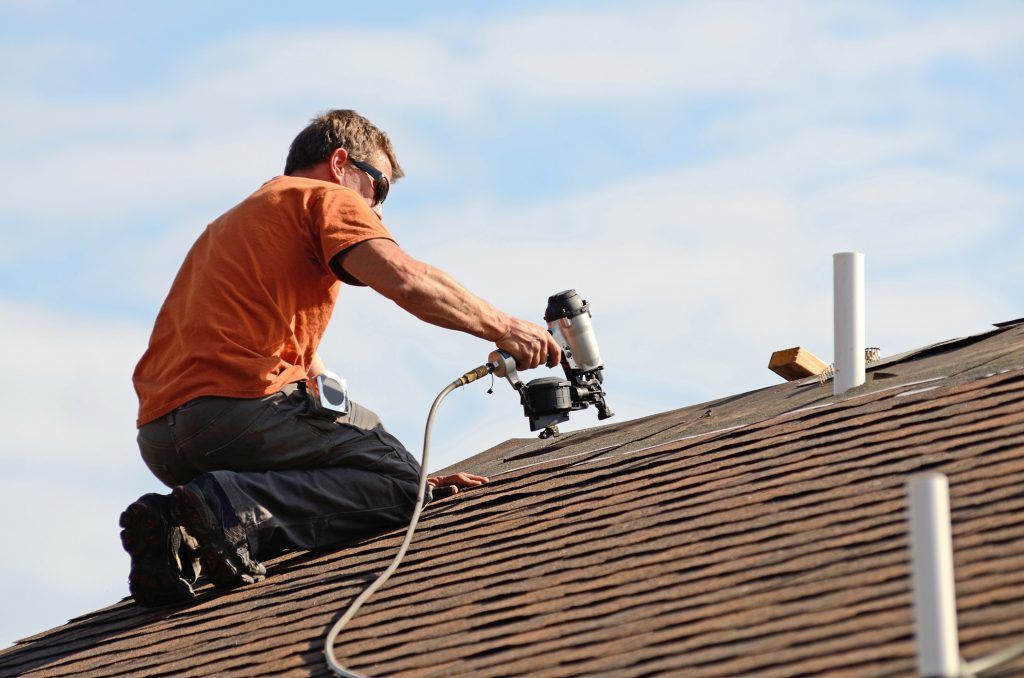Are heat cables necessary to prevent ice dams?
Are heat cables necessary to prevent ice dams?
Heat cable is often criticized for its inability to prevent ice dams. Most people are not familiar with heat cables and how they should be installed. This three-part series will explore heat cable. I'll explain its purpose, how it works, what you should avoid, and what you can do to make it work.
A dam made of ice
Minnesotans are haunted by terrible memories of early 2019, as the snowflakes that fell in October brought back horrible memories. Many Minnesotans have terrible memories of early 2019 after the snowflakes in October caused impassible streets and flooded basements. An ice dam is a ridge or ring of ice on roofs that causes meltwater to enter your home. If you ignore them, they can create mini-glaciers in your home that can cause major damage. Minnesota, greetings!
Insurance companies typically cover repairs to ice dams, but they do not cover future costs. Many homeowners wonder how to avoid this expensive and annoying problem. As a result of ice dam claims, some insurance companies require homeowners to pay costly modifications to prevent future damage to ice dams. Failure to make these modifications could result in future ice-dam-related claims being denied.
ARCHITECTURAL SOLUTIONS FROM ICE DAMS
Industry experts agree that ice dams can be prevented by improving the architecture of your house. This includes insulation, ventilation, and sealing air leaks that allow heat from escaping where it shouldn’t. Remember that meltwater from melting snow eaves feeds the ice-dam cycle. We have completed hundreds upon hundreds of home improvement projects in the last quarter-century. The average cost ranged from $10,000 to $35,000 on average. The video below gives an overview of the project's scope.
These aren't your usual air-sealing projects. This dirty and difficult job usually involves the demolition or partial reconstruction of the interior or exterior of the home. This can be considered a significant home improvement, which reduces the possibility of ice dams as well as improves energy efficiency. Incorrectly done, it can cause ice dam problems and be a waste. Bummer.
ROOF SHOVELING FOR ICE-DAM PREVENTION
Roof shoveling is an effective method for preventing ice dams, provided that you follow some very important guidelines. First, remove all snow from any roof affected by ice dams. Contrary to popular belief, removing snow from your roof below the roofline can cause a second ice dam, or worse, the creation of an ice dam on the roof.
Dam on 2 levels
Double dams are hard to remove and can cause major damage if left unchecked. The impacted roof structures maybe 2 or 3 stories high, or otherwise difficult to access. Therefore, it is impossible to remove all snow from the peak of the roof by roof racking the ground or using a ladder.
Snow removal can also be done at home.
This requires someone to climb up the ladder, which isn't a good idea. Many homeowners will choose to hire professionals for this job, which is often very expensive.
PREVENTION of ICE DAMS with HEAT TAP
-
Tape to keep your warm
The basic concept of any ice dam prevention tape is the exact same regardless of whether it's called heat wire, heat coil, or roof deicing cables. These cables use electricity to generate heat, melting the snow and ice from the roof. These channels allow water from the roof to flow away rather than back into the house. Heat cable has no purpose other than to generate relief channels through snow/ice, and not to keep the roof clear.
-
Installed heat cables
A high-quality cable with the right quality can provide 10 years of reliable ice prevention if it's placed by someone who understands what they are doing. Heat cables may not always be the best option for preventing an ice dam. These houses were frequent targets of our inspections. Some industry skeptics believe heat wires are ineffective.
Fort Wayne Roofers
Fort Wayne, IN
(260) 233 7260

